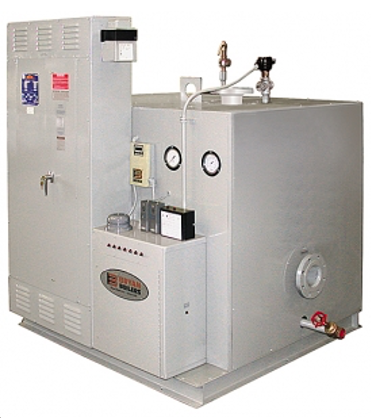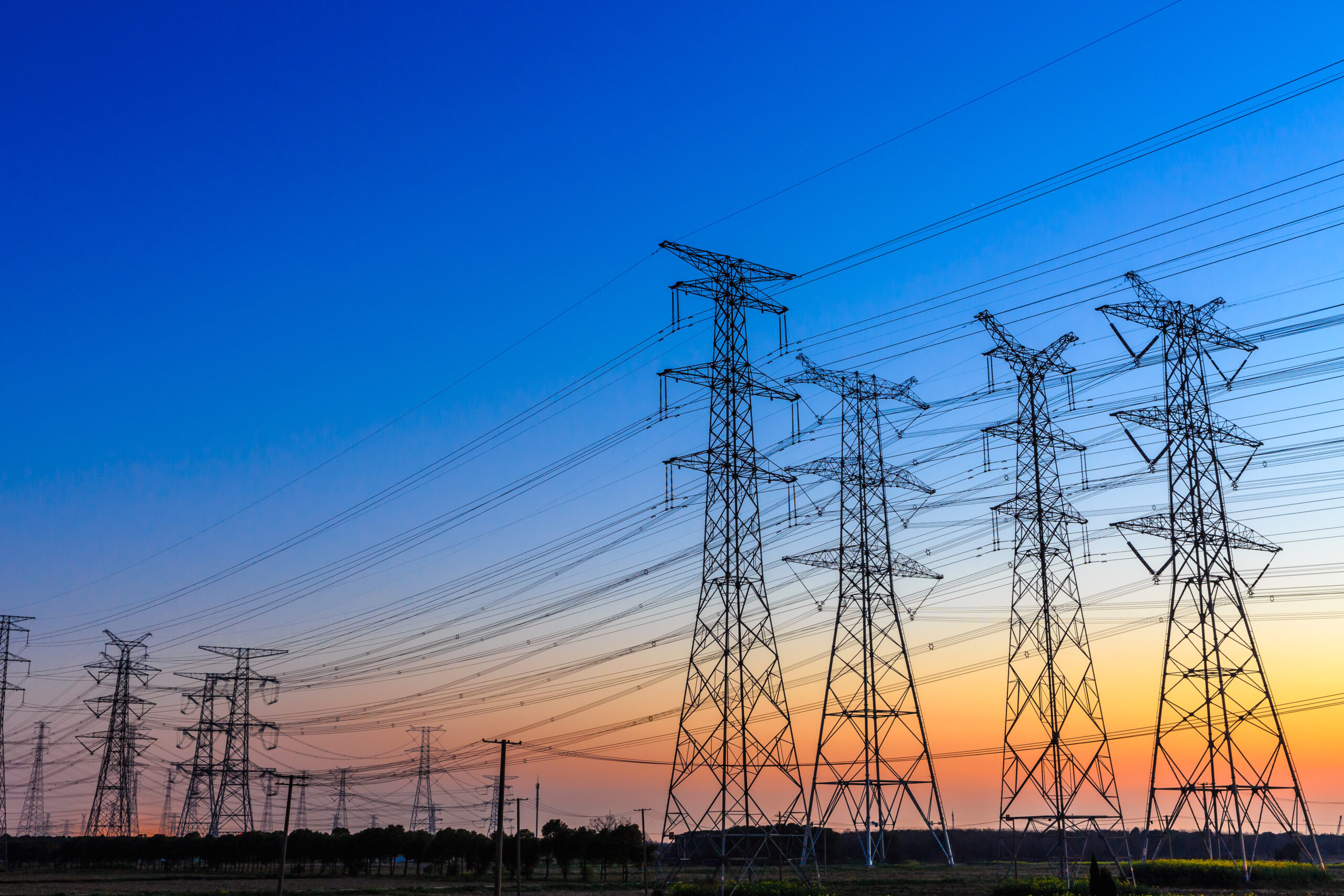 Welcome back to Part Two of our top 10 things to know about commercial electric boilers. As mentioned last week, HVAC and Plumbing Engineers are discussing more decarbonization and electrification of systems with their clients. Other than State and local construction and energy codes, what does the engineer need to know about the use of electric boilers? Last week we left off on #5 which indicated that the disconnect can increase the size of the unit. Today we will continue to discuss space requirements. If you missed Part One, click here to read facts #1 – #5.
Welcome back to Part Two of our top 10 things to know about commercial electric boilers. As mentioned last week, HVAC and Plumbing Engineers are discussing more decarbonization and electrification of systems with their clients. Other than State and local construction and energy codes, what does the engineer need to know about the use of electric boilers? Last week we left off on #5 which indicated that the disconnect can increase the size of the unit. Today we will continue to discuss space requirements. If you missed Part One, click here to read facts #1 – #5.
#6: Space Required
We mentioned space required for the disconnect. You should be aware upfront the size of these boilers tends to be larger than what you may be used to in gas-fired condensing boilers. Get the dimensions early to make sure you have the right amount of space. Here are a few examples of a three million BTUH boiler.
| Manufacturer | Type | Series | Size |
| Aerco | Gas Fired | BMK-3000 | 28” X 68” X 78” |
| Bryan | Gas Fired | FF-3000 | 35” X 93” X 75” |
| Bryan | Electric | 900BH | 59” X 84” X 82” |
| Cemline | Electric | VB200FTB900 | 60” X 60” X 91” |
#7: Local Utility Power
This may seem like a silly thing to even mention. Electrifying the HVAC and plumbing systems will require a significant amp load and voltage requirement. Make sure the local utility can provide the uninterrupted power required.
I am aware of a couple of projects that were completely designed before the local power company was contacted. The power companies could not provide the power required in the location of the buildings.
There are jurisdictions on the west coast that will not allow electric boiler systems due to the power requirement from the already strained electric utility plants.
#8: Hydronic System Design Considerations
In gas-fired condensing boilers, we often talk about the turndown of the boiler. A gas-fired boiler with a turndown of 10:1 will operate at 10% of the design input without turning on and off or cycling. In electric boilers, this is accomplished by staging the elements on and off. This contributes to smooth temperature control.
An example will show how this works. The Cemline model VB200FTB900 electric ASME boiler mentioned above has a capacity of 3,073,500 BTUH or 900 KW. The boiler has 90 elements and 15 steps. The “turndown” of this boiler is 15:1 and can avoid cycling all the way down to 200,000 BTUH.
Another issue is the minimum flow of a boiler in a primary variable system. The minimum flow is required to remove the heat and provide smooth temperature control while the elements are cycling. The minimum flow rate in electric boilers is small. The minimum flow rate of the pump may exceed that of the boiler. The Cemline model mentioned above requires 21 GPM minimum flow. Check with your boiler representative to verify the minimum flow rate.
#9: Maintenance and Water Quality
The fact that there is no burner may lead the owner to assume there is no maintenance required. That is not true. This is a boiler, and the safety controls should be inspected for correct operation per the manufacturer’s instructions.
The elements should be checked for damage at some regular interval. The time to find out the elements are damaged is not when it is below zero degrees outside.
The water in the system should be treated in the same manner one would if the system had gas-fired appliances. This is important for the entire system and not just for the boilers.
#10: Quality Representative
R. L. Deppmann Company can supply the answers required to help you make a better decision on the electrification of your boiler plant. We can collaborate with you and the manufacturer to make sure the boiler system we provide is the best match for your system and your client.
Part One: Top 10 Things You Should Know About Commercial Electric Boilers


